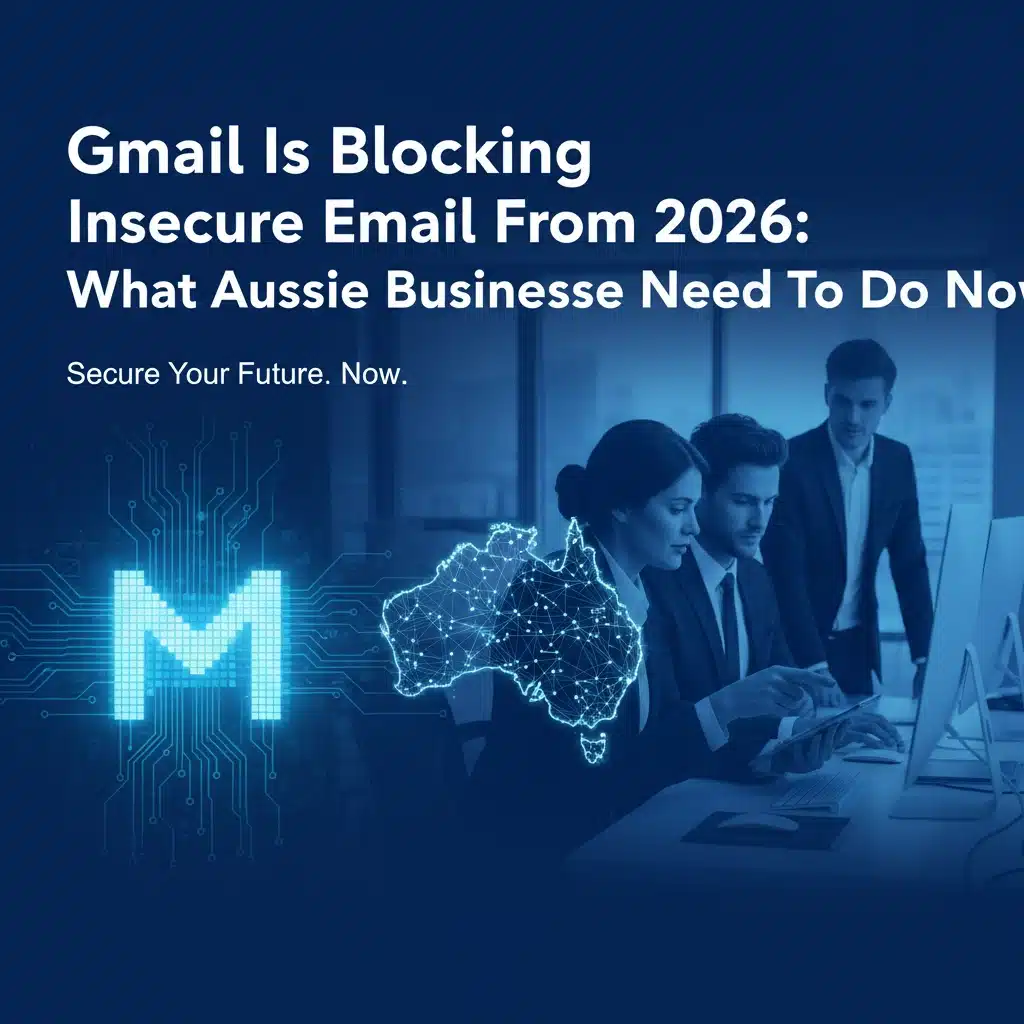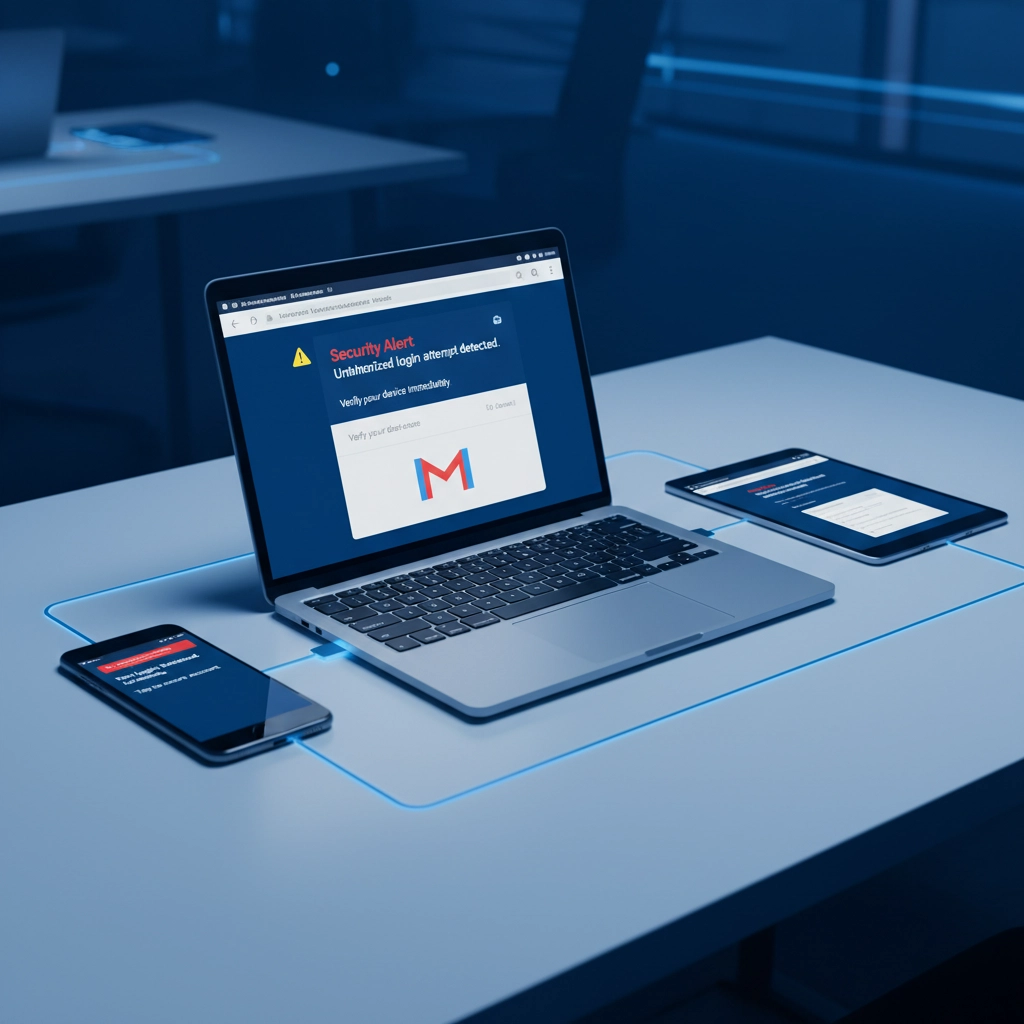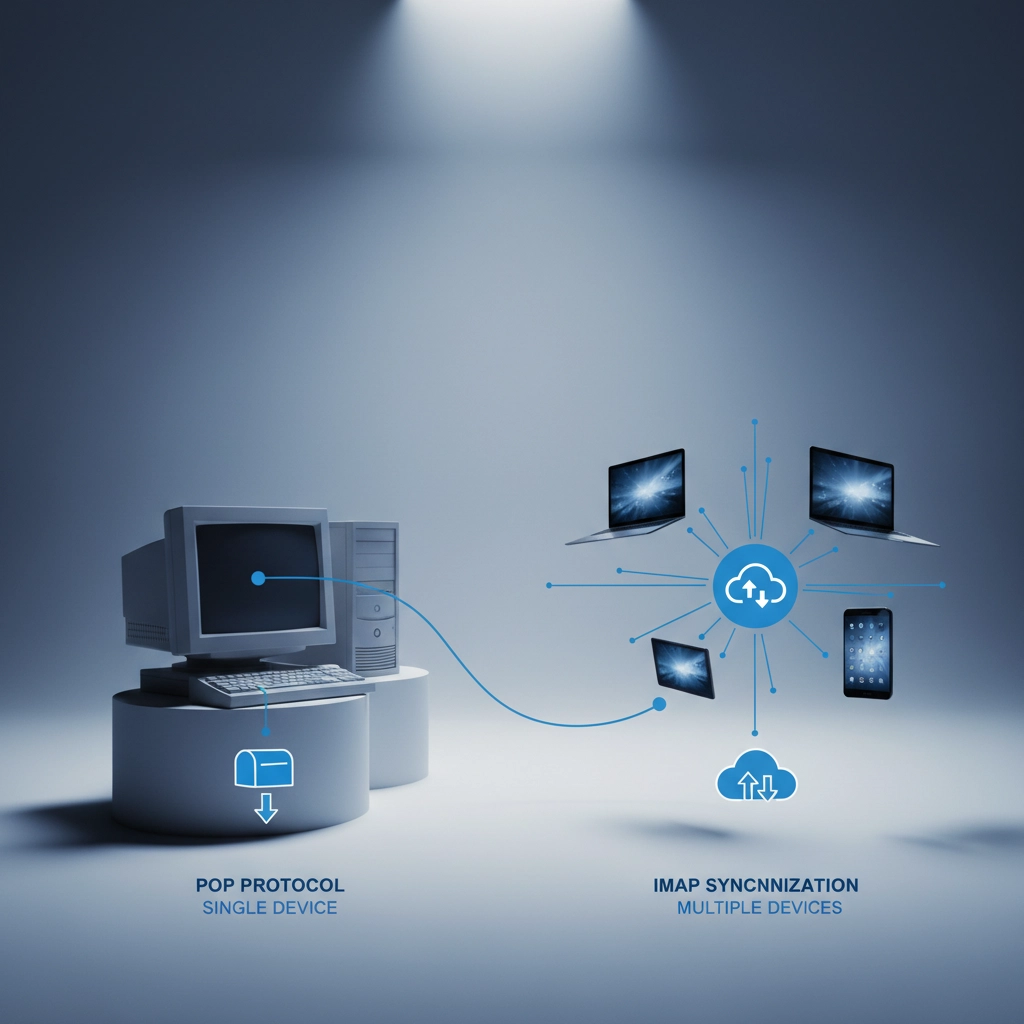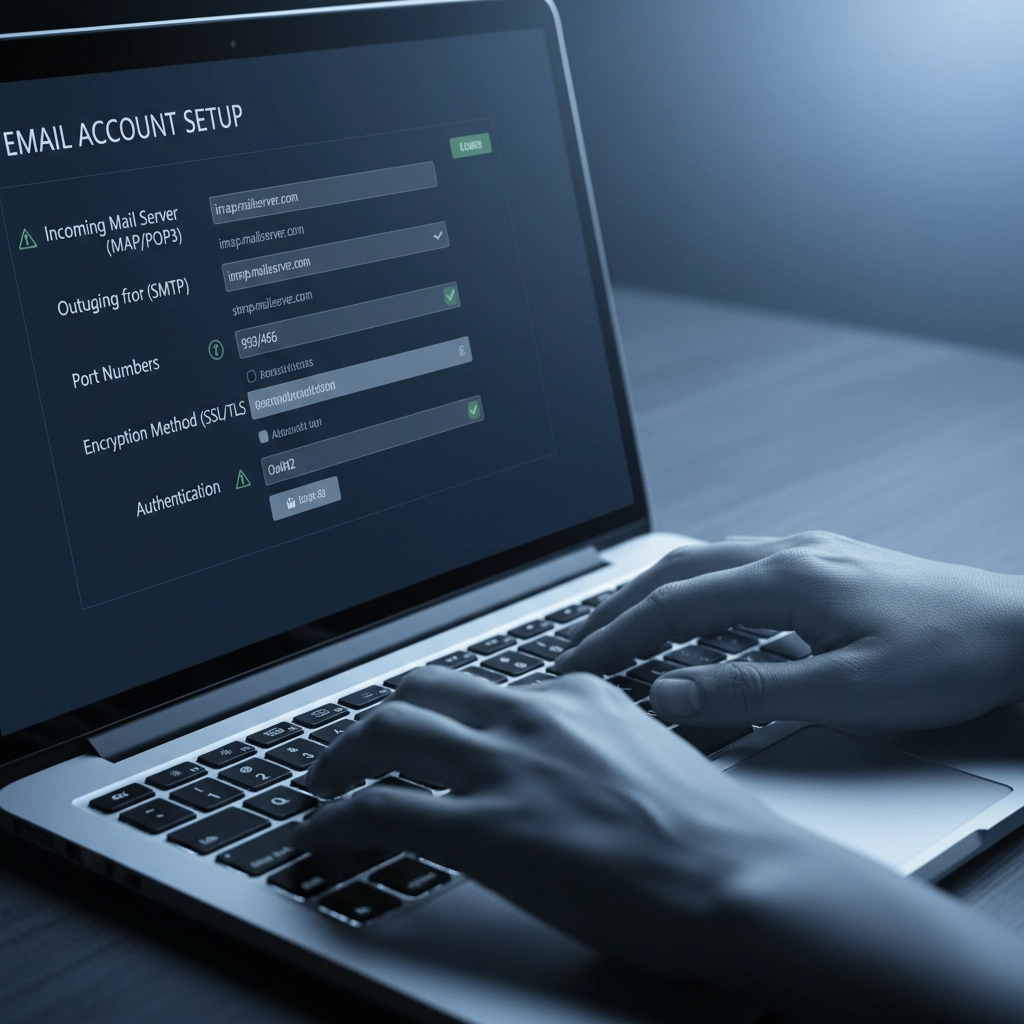G’day business owners! If you’re using Gmail for your business emails (and let’s face it, who isn’t?), you need to know about some major changes coming in January 2026. Google just dropped a bombshell that’s going to affect how millions of Australian businesses handle their email – and if you’re not prepared, your emails might start bouncing back or disappearing into the digital void.
Here’s the deal: Gmail is pulling the plug on support for POP (Post Office Protocol) email access and other “insecure” email features from January 2026. But before you panic, let’s break down what this actually means for your business and what you need to do right now to stay ahead of the game.
What’s Actually Changing?
According to a recent Forbes report, Gmail is ending support for several long-standing email features that they consider security risks. The big one that’ll hit most Aussie businesses is the removal of POP email support. But here’s the kicker – Gmail has already started getting stricter about email authentication, and many businesses are already feeling the pinch.
You might have noticed some of your emails aren’t reaching Gmail users lately. That’s not a coincidence. Google has been ramping up their authentication requirements, and come January 2026, they’re going full throttle on email security.
POP vs IMAP: What’s the Difference and Why Should You Care?
Let’s talk about POP for a moment. POP (Post Office Protocol) is like the old-fashioned way of collecting mail – you go to the post office, grab all your letters, and take them home. Once you’ve downloaded your emails to your device, they’re usually deleted from the server. It’s simple, but it’s also pretty limited.
The problem is, POP doesn’t play well with today’s multi-device world. If you download emails on your laptop using POP, you won’t see them on your phone or tablet. Plus, POP doesn’t support modern security features that help protect against spam and phishing attacks.
IMAP (Internet Message Access Protocol), on the other hand, is like having a smart filing system that syncs across all your devices. Your emails stay on the server, and you can access them from anywhere. It supports better security features and works seamlessly whether you’re checking emails on your phone during your morning coffee or on your computer at the office.
Why Gmail Is Making This Move
Google isn’t just being difficult – they’re actually trying to protect everyone from cyber threats that are getting more sophisticated by the day. POP lacks the robust security features that modern email systems need to fight off phishing attacks, spoofing, and other nasty stuff that cybercriminals love to throw around.
The big security features Gmail is pushing for are:
- SPF (Sender Policy Framework): Verifies that emails are coming from legitimate servers
- DKIM (DomainKeys Identified Mail): Adds a digital signature to prove emails haven’t been tampered with
- DMARC (Domain-based Message Authentication, Reporting and Conformance): Tells email providers what to do with emails that fail security checks
Without these security protocols, Gmail now treats emails as suspicious and either blocks them entirely or dumps them straight into the spam folder.
The Timeline: When You Need to Act
Here’s where things get urgent. While the official POP support ends in January 2026, Gmail has already started enforcing stricter authentication requirements. Some Australian businesses are already experiencing issues with:
- Contact form emails from websites not reaching Gmail users
- Marketing emails ending up in spam folders
- Important business communications being rejected entirely
You’ve got about three months to get your email house in order before the January 2026 deadline, but honestly, you should start this process yesterday.
What Australian Businesses Need to Do Right Now
1. Audit Your Current Email Setup
First things first – figure out what you’re currently using. Are you using POP to access your Gmail? Check your email client settings (Outlook, Apple Mail, Thunderbird, etc.) and look for:
- Incoming server settings mentioning “pop.gmail.com”
- Port numbers like 995 (POP3 with SSL)
If you see these, you’re using POP and need to switch to IMAP.
2. Switch from POP to IMAP
Switching from POP to IMAP isn’t as scary as it sounds, but it does require some technical know-how. Here’s what you need to update in your email client:
IMAP Settings for Gmail:
- Incoming server: imap.gmail.com
- Port: 993
- Security: SSL/TLS
The tricky bit is that switching from POP to IMAP might affect how your existing emails are organized, so it’s worth getting professional help to make sure nothing gets lost in translation.
3. Set Up Proper Email Authentication
This is where things get technical, and honestly, it’s where most business owners throw in the towel and call for backup. You need to set up those security protocols I mentioned earlier:
SPF Records: These are DNS entries that tell Gmail which servers are allowed to send emails on behalf of your domain. Without them, Gmail thinks someone might be impersonating you.
DKIM Signatures: These add a cryptographic signature to your emails that proves they’re legitimate and haven’t been modified during transmission.
DMARC Policy: This tells Gmail what to do if an email fails SPF or DKIM checks – quarantine it, reject it, or let it through with a warning.
4. Clean Up Your Email Practices
Gmail is also cracking down on businesses with poor email hygiene. If you send marketing emails, make sure you:
- Always include an easy unsubscribe option
- Keep your spam complaint rate under 0.3%
- Regularly clean out bounced email addresses
- Only send emails to people who actually want them
The WordPress Problem
If you’re running a WordPress website (and many Aussie small businesses are), you’ve probably already noticed some issues. WordPress sites often send emails without proper authentication – think contact form notifications, password reset emails, and order confirmations.
Gmail has started rejecting these emails with error messages like “550-5.7.26 This mail is unauthenticated.” If your website’s contact forms suddenly stopped working or customers aren’t receiving their order confirmations, this is likely the culprit.
How Cloud Computer Company Can Help
Look, we get it. This technical stuff can be overwhelming, especially when you’re trying to run a business. That’s exactly why Cloud Computer Company exists – to handle the techy headaches so you can focus on what you do best.
We’ve been helping Australian businesses navigate email security and Google Workspace migrations for years, and we’ve seen firsthand how these authentication requirements can trip up even tech-savvy business owners. Our team can:
- Audit your current email setup and identify potential issues
- Migrate you from POP to IMAP without losing any emails
- Set up proper SPF, DKIM, and DMARC records for your domain
- Configure your WordPress site to send authenticated emails
- Provide ongoing monitoring to ensure your emails keep reaching their destination
The best part? We speak plain English, not tech jargon, so you’ll actually understand what we’re doing and why.
Don’t Wait Until It’s Too Late
Here’s the thing about email deliverability – once you’re on Gmail’s naughty list, it’s much harder to get back in their good books than it is to avoid problems in the first place. We’re already seeing businesses struggle with emails not reaching customers, and it’s only going to get worse as we approach the January 2026 deadline.
Think about it: if your invoices aren’t reaching customers, your marketing emails are disappearing, or your website contact forms aren’t working, how much business are you losing? The cost of fixing these issues now is nothing compared to the potential lost revenue from poor email deliverability.
Taking Action
The changes coming to Gmail aren’t just a minor inconvenience – they’re a fundamental shift in how email security works. While the technical details might seem daunting, the core message is simple: secure, authenticated email is becoming the standard, not the exception.
If you’re feeling overwhelmed by all this technical talk, don’t worry – you’re not alone. Most business owners we talk to feel the same way. The important thing is to start addressing these issues now, while you still have time to make changes without disrupting your business operations.
Whether you decide to tackle this yourself or get professional help, the key is to act soon. January 2026 might seem far away, but email migration and authentication setup can take time to implement properly and test thoroughly.
Your customers rely on receiving your emails – make sure Gmail doesn’t start blocking them.




